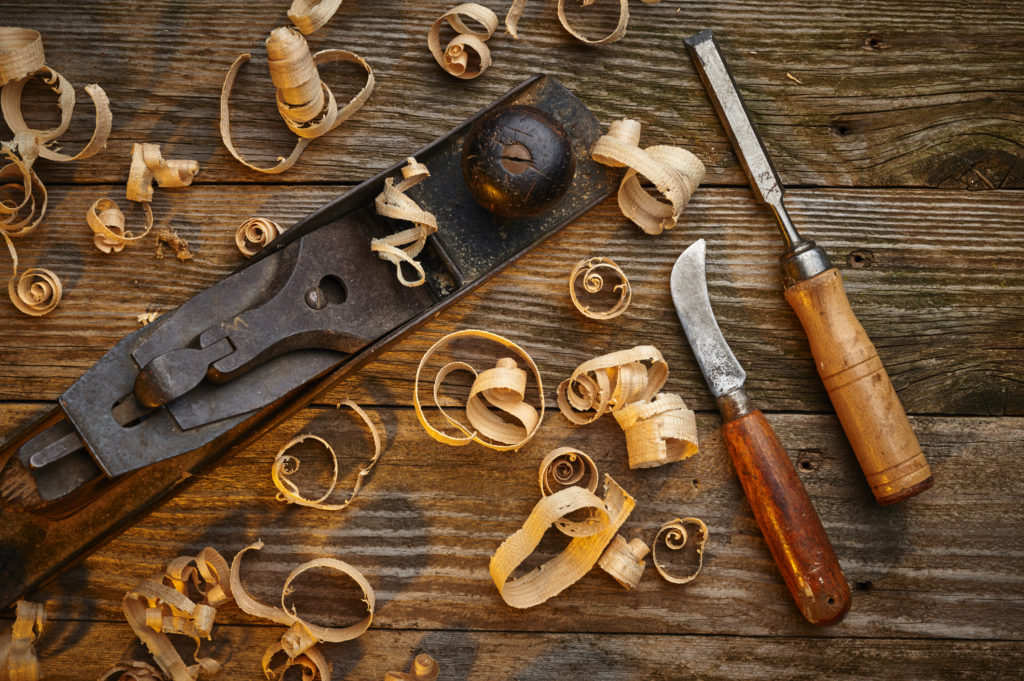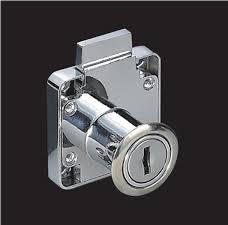Back to: BASIC TECHNOLOGY JSS3
Welcome to class!
In today’s class, we will be talking about simple woodwork projects. Enjoy the class!
Simple Woodwork Projects

Non-wood materials used in woodwork
- Adhesive (gum and glue).
- Abrasive (sandpaper).
- Hinges and locks.
- Nails, screws and fittings.
1. Adhesives:
These are substances that can bond wooden, leather and other non-wood materials together. There are three groups of adhesives as shown below.
(a) Protein Adhesives: These are natural adhesives derived from various protein sources. They include scotch glue (animal glue), casein glue made from milk and blood albumen glue (animal blood).
(b) Synthetic Adhesives: These are adhesives made from organic compounds. They include thermoplastic glue (adhesives that can melt under heat) and thermoset glues(the glue that cannot melt under heat).
(c) Contact adhesives: These are the type of adhesives used for dissimilar materials. Examples of dissimilar materials are wood and leather, paper and leather or plastic and metal. The types of adhesives in this group include Evo-Stik, Bostick, super-glue, Araldite, etc.
2. Abrasives:
These are papers, clothes and fibres that are coated with hard minerals like sand, used to smoothen the surface of other materials like rough surfaces of wood, rusted metals, etc. They are grouped as either as coarse (rough) type, medium and fine (smooth) type.

3. Hinges:
Hinges are fittings used to hold doors and windows in place. They help the doors and windows to swing easily. There are different types of hinges in use depending on the type of work to be done. The common types of hinges are as follows:
(a) Flat hinges: These are general-purpose hinges that come in different sizes. They are commonly used for wooden doors, windows and lockers.

(b) Tee hinges: These are hinges that look like the letter ‘T’ in shape. They are used for bigger doors used on shops and garage doors.

(c) Butt hinges: These hinges look exactly like the flat hinges. The only difference is that these hinges are a little bigger than the flat hinges. They are used for both external and internal doors.

(d) Lift-off hinges: These types of hinges are used for special types of jobs.
4. Locks:
Locks are used to securing openings.
- Wardrobe lock, box lock, and cupboard locks: They are used for cabinets, boxes and chests.

- Mortise lock, cylinder latch lock, rim lock, sliding door lock and the common padlock: These types of locks are used on doors, especially room doors.
5. Nails:
Nails are used to fastening wood pieces together. The different types of nails c include the following:
(a) Round nail: These are nails used for fastening packing cases.
(b) Oval nail: These are nails used in upholstery furniture jobs, like coition chairs.
(c) Cut floor brad nail: These are nails used for fastening floorboards.
(d) Panel pin nails: These are the nails used for cabinetwork, picture frame and any other lighter job.
6. Screws:
Screws are also used for fastening wood pieces together, for a firmer result.
The following describes the different types of screws:
(a) Counter-sunk screw: This is a general-purpose screw used in all types of woodwork. They come in different sizes. They have a straight slot.
(b) Roundhead screw: It is used to fasten metal handles on wooden materials.
(c) Raised head screw: These are screws used in most furniture work like cabinets and office tables.
7. Fittings:
Fittings are used as part of the finishing process in furniture. They include catches, handles and stays.
8. Finishes:
Finishes are chemicals used on the surfaces of woodwork used to beautify it after sanding and scraping.
The different types of finishes include the following:
(a) Varnish:
These are chemicals that give wood a hard, tough layer coating. There are two types namely, the oil and the spirit vanishes.
(b) Lacquer:
This is the finish that is commonly used by furniture makers. It gives furniture a glossy, shiny finish. It adapts to any weather.
(c) French polish:
This finish is used generally to beautify woodwork. It easily dissolves in thinner or spirit.
(d) Wax polish:
This polish is derived from animal fat, used for beautification of the woodwork. There are three types of wax polish namely, animal wax, vegetable wax and mineral wax.
(e) Paints:
This finish is used to decorate and preserve any woodwork. They include gloss oil, semi-oil, metallic and plastic paints.
(f) Creosote:
This type of finish is used as a preservative against fungus and insect attack.
In our next class, we will be talking about METALWORK PROJECTS – METHODS OF JOINING TOOLS AND MATERIALS USED. We hope you enjoyed the class.
Should you have any further question, feel free to ask in the comment section below and trust us to respond as soon as possible.
